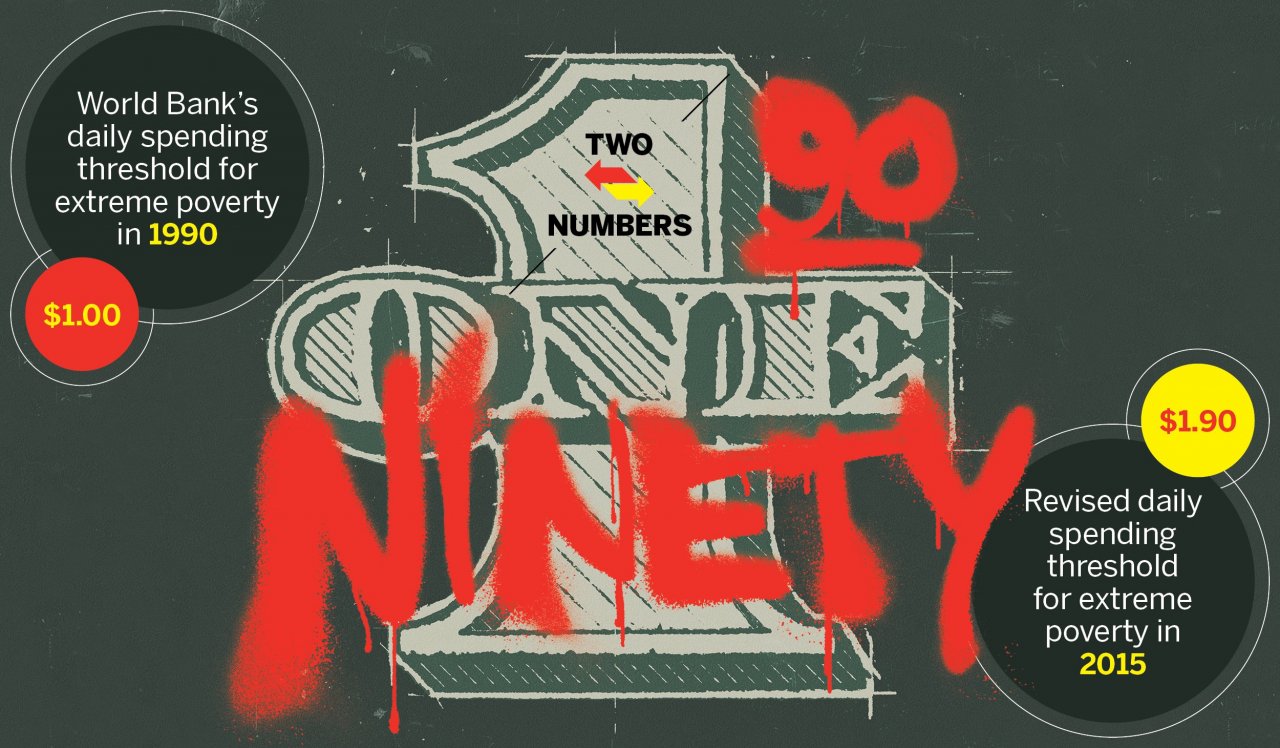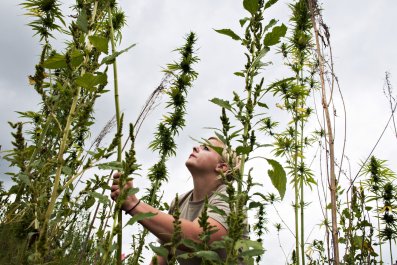By the end of 2015, less than 10 percent of the world's population will be living in extreme poverty for the first time, according to new projections from the World Bank.
The World Bank adjusted its definition of extreme poverty this year by increasing the benchmark of daily expenditure. In 1990, it set the threshold at $1 a day, and that was raised to $1.08 in 1993 and $1.25 in 2008. Now it has been raised to $1.90. According to the World Bank, "$1.25 no longer buys what it previously did" in terms of food, clothing and basic shelter.
The number of people living in extreme poverty is forecast to drop from 902 million, or 12.8 percent of the population, living on $1.90 or less a day in 2012, to 702 million, or 9.6 percent of the population, living on $1.90 a day by the end of the year, according to the World Bank.
Since 1990, more than 1 billion people have been pulled out of extreme poverty, as countries working toward the U.N. Millennium Development Goals managed to halve global poverty between 1990 and 2010, five years ahead of schedule.
It's important to remember that the poverty line focuses on just the monetary aspect of being poor. The inclusion of indicators such as child mortality, malnutrition and education levels would provide a more complete picture of poverty, says Anirudh Krishna, professor of public policy and political science at Duke University. "Poverty measurement is not a very precise science. It's not like measuring height or blood pressure or counting marbles; it's very complex and very full of thumb rules and judgment calls," says Krishna.
World Bank Group President Jim Yong Kim called the decline in poverty "the best story in the world today," adding in a press release that the projections "show us that we are the first generation in human history that can end extreme poverty." However, the Financial Times gave a more cynical view, noting that the World Bank made the announcement "just a week after world leaders gathered at the U.N. to commit to eradicate extreme poverty by 2030."
There are still barriers to achieving that goal. Francisco Ferreira, senior adviser in the World Bank's development research group, says the "paramount challenge" is ensuring that Africa, the continent with the world's highest poverty rate and the largest absolute number of poor, sustains growth in as many countries as possible. "Although poverty will keep falling [in Africa], and even though it's been growing fast, it's not growing like China or India," says Ferreira. "All of our scenarios suggest that as we move forward, more and more of the remaining poverty, the really hard-to-reach poverty, will be concentrated in Africa."



















